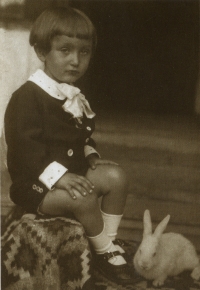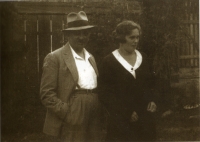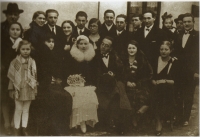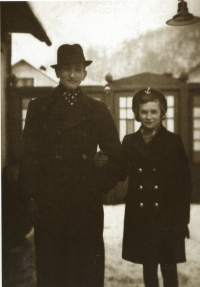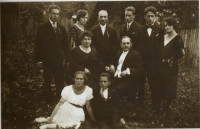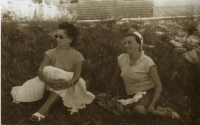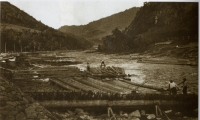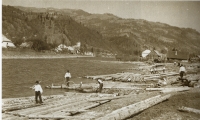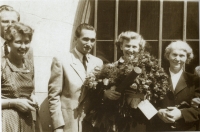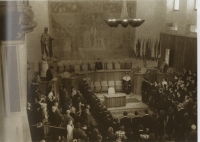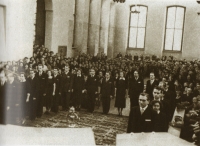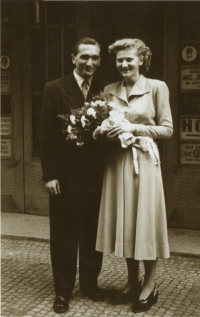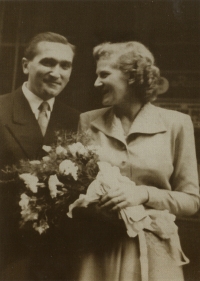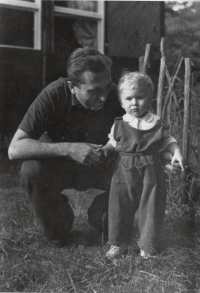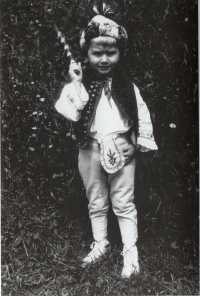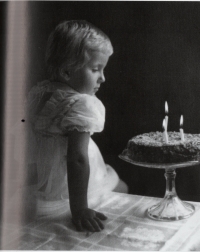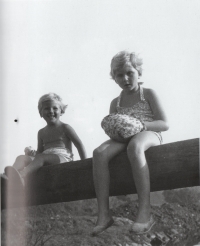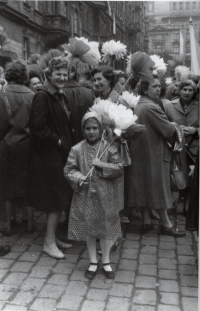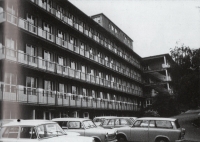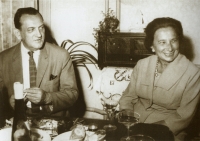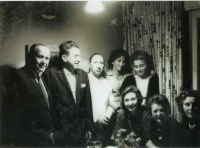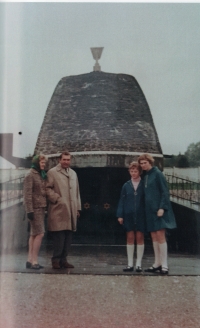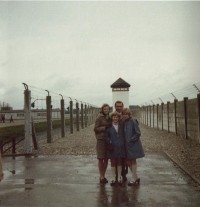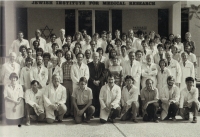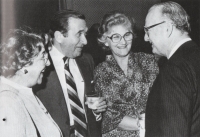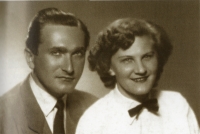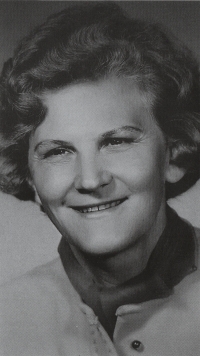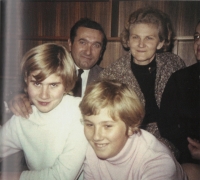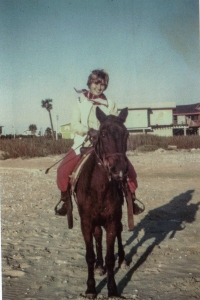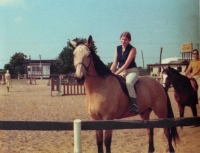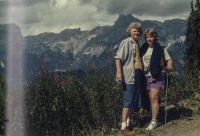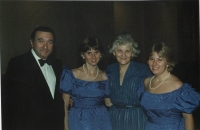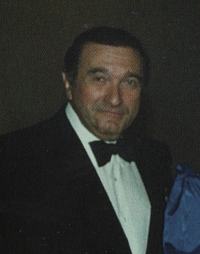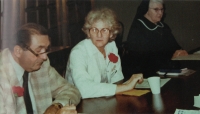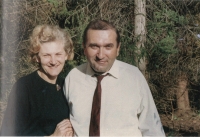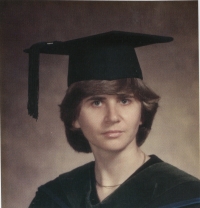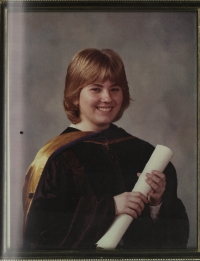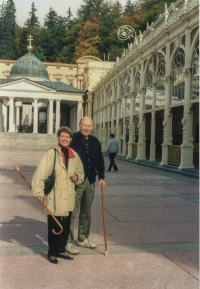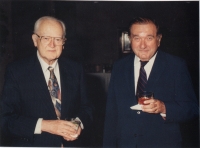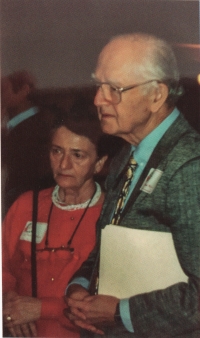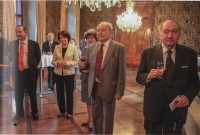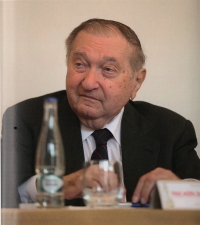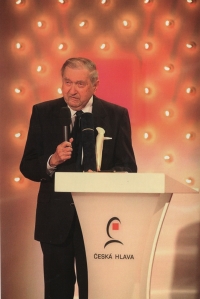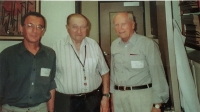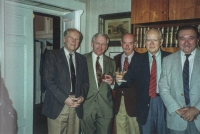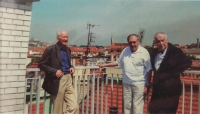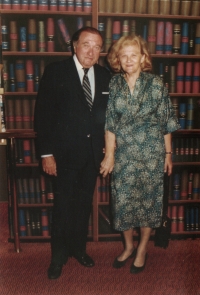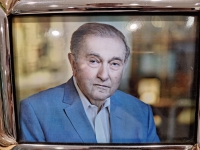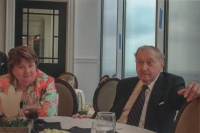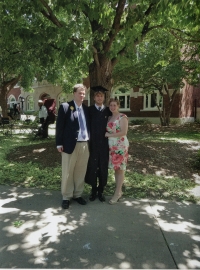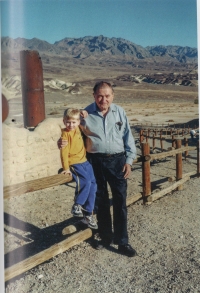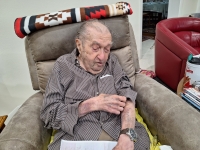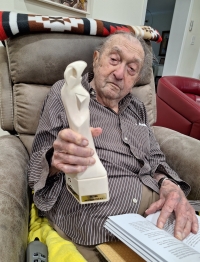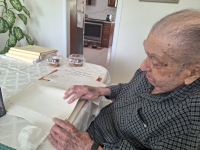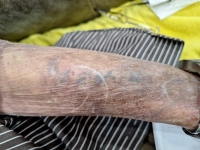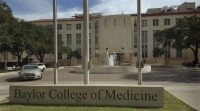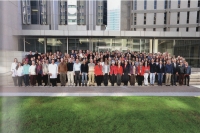Describing the death march is impossible

Download image
The physician, epidemiologist and scientist Professor Ervín Adam was born on 7 November 1922 as Ervín Adlerstein in a Jewish family in Rachov in Subcarpathian Ruthenia. After the breakup of Czechoslovakia in 1939, he became a Hungarian citizen and studied at the grammar school in Chust, where he also graduated in 1941. In the same year, for reasons that are not entirely clear, Hungarian gendarmes arrested Ervín’s parents, the lawyer Mór and his wife, Karolina Alice Adlerstein. They were deported to Kamenec Podolsky, where they were murdered by members of the Einsatzgruppen SS in August 1941, along with more than 23,000 Jews. Ervín and his sister Edita fled their home during the arrests and hid in their grandfather’s basement. After less than a year, they decided that as Hungarian citizens, they were in no immediate danger and left their hiding place, and Ervín even entered the law school in Debrecen. However, when the Nazis took over Hungary in March 1944, he, his sister and grandfather were sent to the Mátészalka ghetto, from where they were deported to Auschwitz after about a week. He was selected, tattooed with the number A4037 and sent to Auschwitz III - Monowitz-Buna as slave labour. In January 1945, the Nazis evacuated the camp, and Ervín and the others were sent on a death march to other camps: via Buchenwald, he reached Bisingen and Dachau, from where he was to travel on a prison train, which was liberated by the American army at the end of April 1945. He then returned home, where he met his sister and countless other relatives who had survived the “final solution of the Jewish question”. Subcarpathian Ruthenia then fell to the Soviet Union - which is why Ervín Adlerstein went to Prague, where he changed his German-sounding surname to Adam and studied medicine at Charles University. He was not a communist, and after February 1948, by a happy coincidence, he passed the vetting process. As a student, he earned extra money in the pathology department, where Milada Horáková’s body was brought in June 1950. In 1953, he married a doctor, Vlasta Pánková. After their studies, Mr and Mrs Adam began to focus on polio and worked at the Bulovka Hospital. They devised the concept of treatment and led large-scale vaccinations throughout Czechoslovakia. In 1960, Ervín Adam had to leave his job for political reasons. He then worked at the Research Institute of Immunology and founded the Clinical and Epidemiological Department, where he researched the efficacy and safety of biological preparations. After the occupation of Czechoslovakia in August 1968, Mr and Mrs Adam and their daughters Karolína and Alice went into exile, especially for the sake of the future of their children. They went to Vienna and, after discussions with relatives in Israel, decided to travel to Canada and then to the United States in 1969. In the USA, Ervín Adam, with the help of his wife, had a distinguished career, including involvement in cervical cancer research and contributing to developing a vaccine against the disease. After the fall of the communist regime, he returned to Prague. He founded the Vlasta and Ervín Adam Foundation with his wife, through which they financially supported medical students at Charles University. At the time of filming, he was living with his younger daughter Alice in Houston. Ervín Adam died on 21 March 2024.
